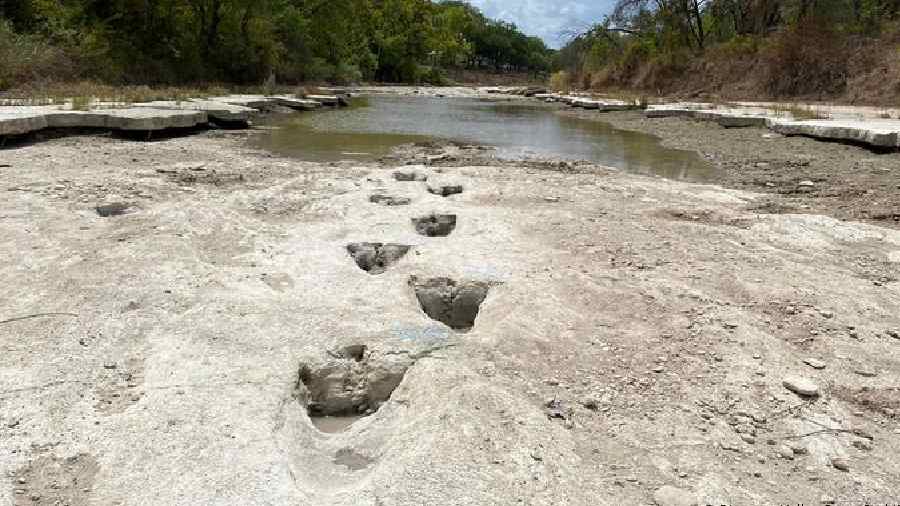A drought in the US state of Texas has unveiled the path of an ancient dinosaur. Footprints from the Acrocanthosaurus, a dinosaur that lived 113 million years ago, were revealed in a dried riverbed last week.
At that time, the region was located on the edge of a sea, meaning the dinosaur could have been going to wash its feet.
Like the Tyrannosaurus Rex, the Acrocanthosaurus was an apex predator, weighing approximately four metric tons. However, the Acrocanthosaurus lived in the early Cretaceous period, 50 million years before its famous relative.
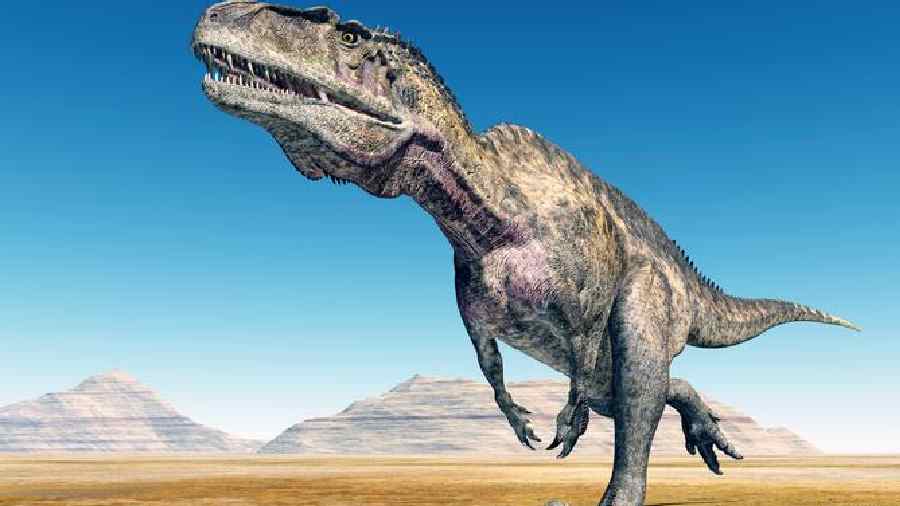
The Acrocanthosaurus was a large carnivore that lived 110 million years ago, 50 million years before its ancestor Tyrannosaurus Rex Deutsche Welle
Video footage shows the huge footprints imprinted into the bottom of the Paluxy River with three toes splaying out from the heel. The toes have sharp claws on the ends, specialized for gaining running traction and pinning prey animals to the ground.
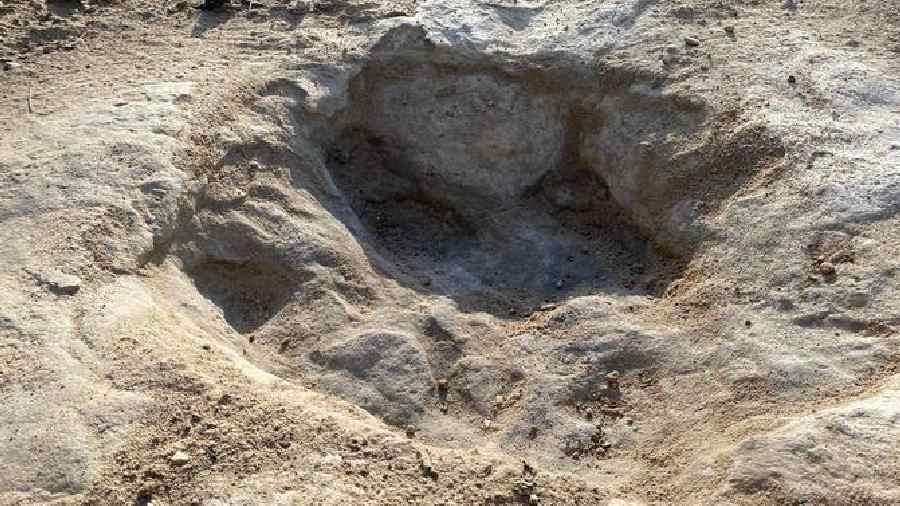
A footprint from the Acrocanthosaurus shows large claws Deutsche Welle
Dinosaur footprints
Dinosaur footprints have been recorded for over 100 years in the area where the footprints were found in Dinosaur Valley State Park.
Now 480 km (300 miles) from the Gulf of Mexico, the state park is a hotspot for tracking dinosaurs because of its coastal history. Calcium carbonate deposits from the shells of crustaceans that lived in the sea lands millions of years ago formed mud with the perfect consistency to preserve the tracks.
Other dinosaur species with 100-million-year-old calcium carbonate footprints in the region include the Sauroposeidon proteles, giant herbivores that traveled in herds and left elephant-like tracks.

Sauroposeidon proteles was the tallest known dinosaur, reaching up to 18 meters (59 feet). It weighed 50-60 tonnes (55–66 short tons) Deutsche Welle
Droughts revealing more ancient relics
The tracks have been revealed because of extreme drought conditions in Texas. Far from being a dry spell, the conditions have been ongoing for 20 years, earning the classification "megadrought".
A recent study found the region is experiencing its driest period in over 1,200 years.
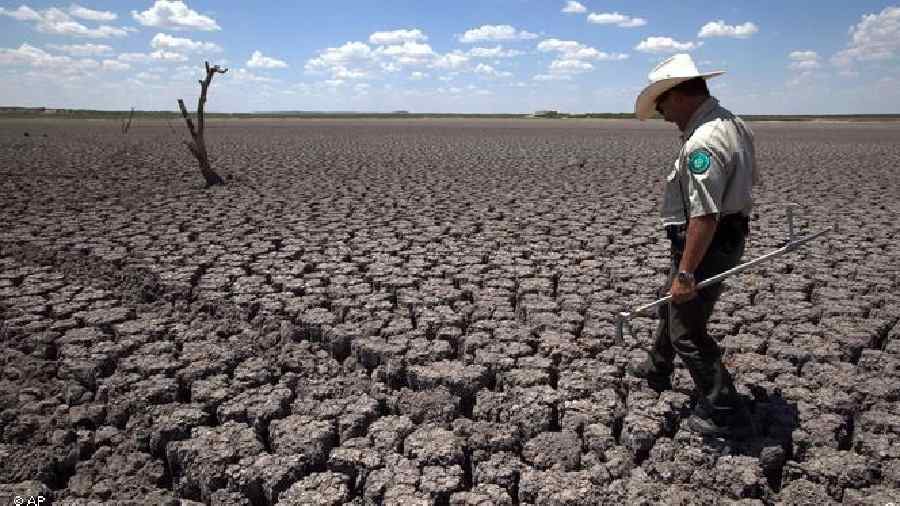
Parts of Texas have been heavily affected by drought for the last 20 years Deutsche Welle
The climate crisis has been unearthing many ancient findings in recent years. Extreme drought in Iraq last year revealed the Bronze Age city of Zachiku, giving archaeologists a brief window to examine the site before it was flooded again.
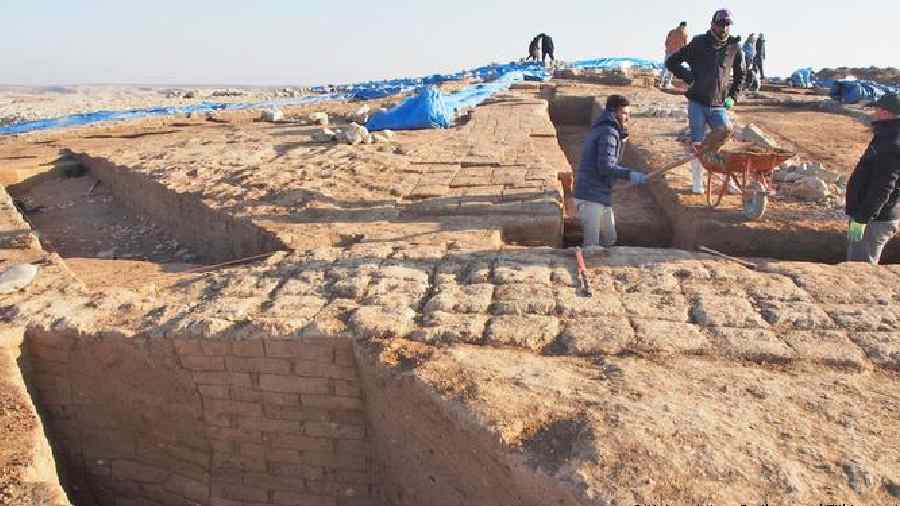
Low levels of Iraq's Tigris river revealed the 3,400-year-old city of Zachiku earlier this year Deutsche Welle
Low water levels have also revealed gold rush relics in California, a sunken village in Germany and a ghost village in Spain.
While the findings do connect us with lost relics of the past, experts warn that the increasing frequency and intensity of droughts is having a catastrophic effect on ecosystems around the world.
With over a million species currently at risk of extinction due to human-related activity and climate change, the worry is that many species alive today will only be remembered by their footprints.

